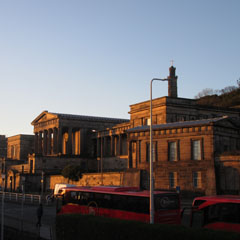
New Parliament House, 5-7 Regent Rd, Edinburgh EH7 5BL
The dominant secondary school in Edinburgh until 1824, the Royal High School’s list of former pupils engaging with India is too long to recount, but included David Yule (1858–1928), Calcutta merchant and industrialist, ‘Empire’s Richest Man’. In the 18th and 19th centuries probably about the Edinburgh schools’ average of 10% of alumni went out, enough for Royal High School clubs in India and Malaya. Many of these men donated trophies, prizes and scholarships for sporting, or academic brilliance to the school, such as the India Prize given annually by a Calcutta newspaper editor for best essay on Indian culture.
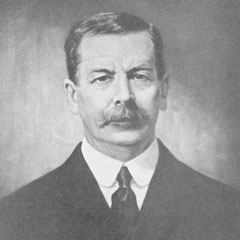
Portrait of David Yule, RHS FP and Calcutta businessman.
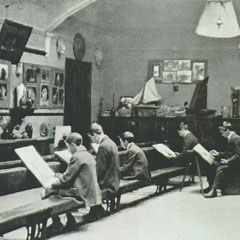
The Art Room before the First World War.
Find out more


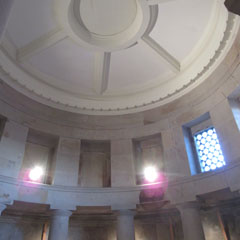
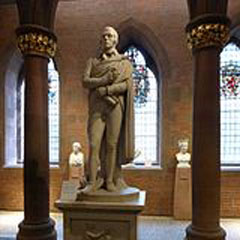
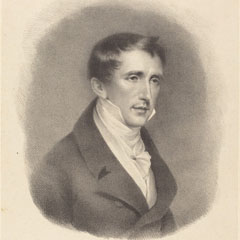
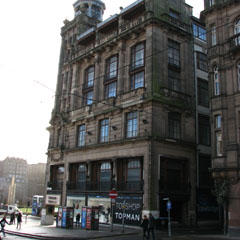


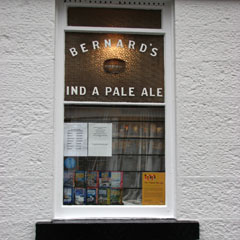
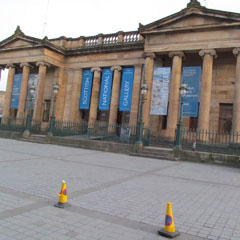

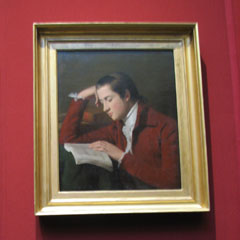
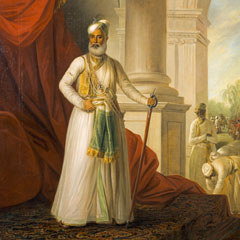
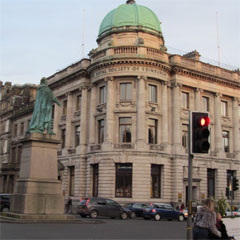

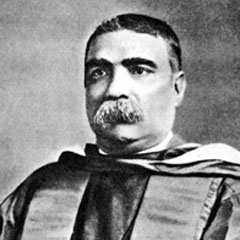
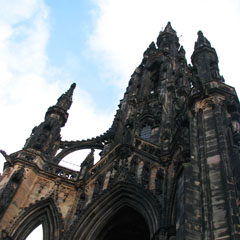 Scott Monument, E. Princes St Gardens, Edinburgh EH2 2EJ
Scott Monument, E. Princes St Gardens, Edinburgh EH2 2EJ
